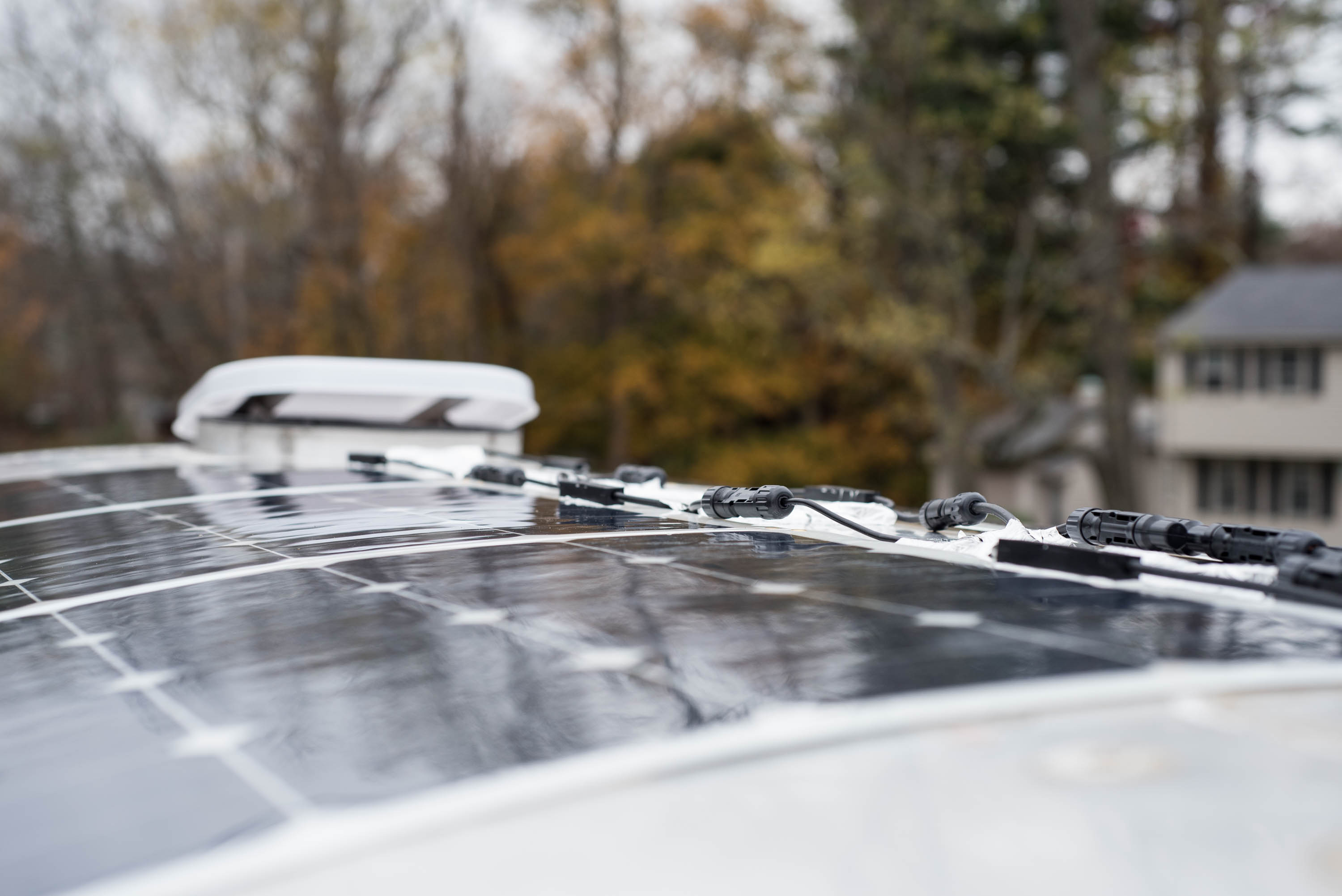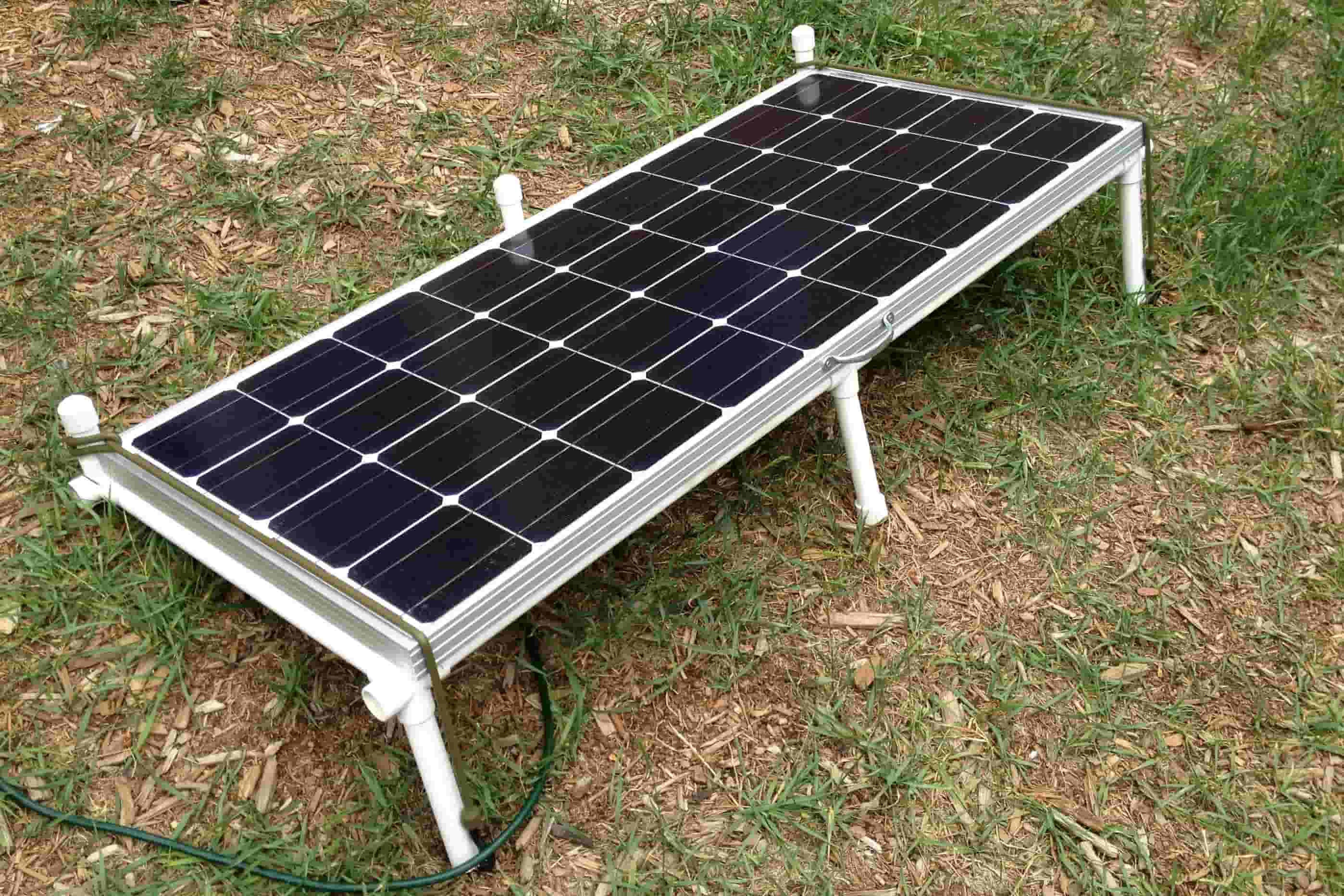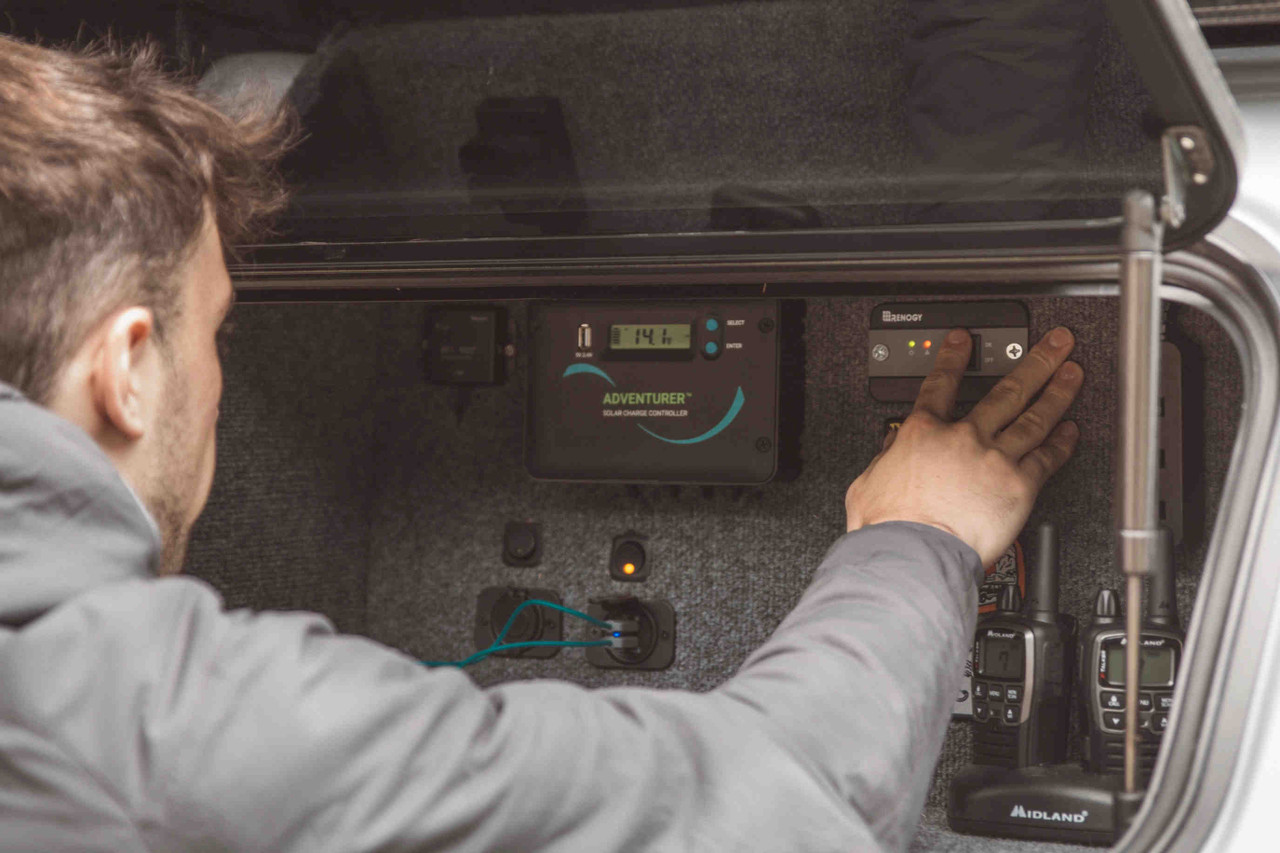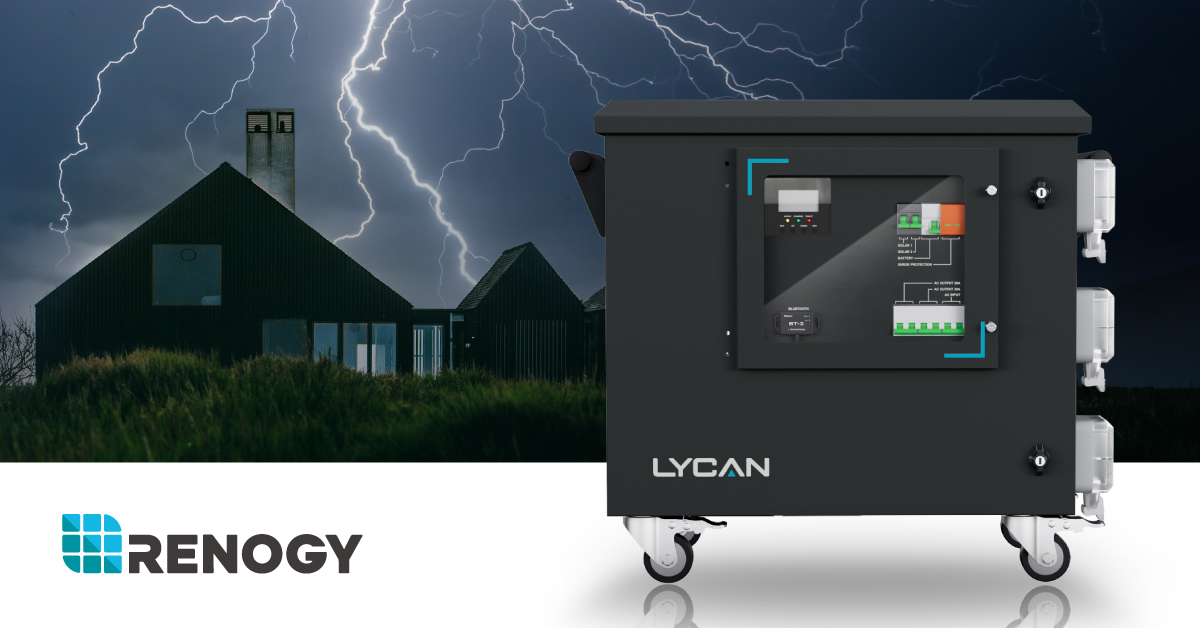What are the main components of a solar power system?
Creating a solar power system involves more than just solar panels. While most people recognize solar panels from homes and businesses, many aren't familiar with the other critical solar system components involved. These components include the solar panels, inverters, batteries, charge controllers, and mounting systems.
Understanding these solar system components is crucial whether you're planning a DIY installation or hiring a professional. Each component plays a vital role in capturing, converting, and storing solar energy. Familiarity with these elements helps you plan and specify your system accurately.
The installation of a solar system can be challenging, especially without electrical experience. This guide aims to help beginners understand the various solar system components and their functions, ensuring a smooth transition to solar energy for your home or vehicle.
- A solar panel system includes several crucial components: solar panels (the array), racking and mounting fixtures, inverters, a disconnect switch, and an optional solar battery for energy storage.
- Although a DIY approach to installing a solar system may seem appealing, it is typically recommended to hire a professional solar installer to ensure a smooth and safe installation process.
KEY TAKEAWAYS
The main solar components that come with every solar power system or solar panel kit are:
- Solar panels
- Racking and mounting equipment
- Inverters
- Disconnect switch
- Solar Battery
- Charge Controllers (optional)
- Backup Power(optional)
Solar Panels

Solar panels, also known as photovoltaic panels, are the cornerstone of solar power systems. They consist of multiple solar cells, which capture sunlight and convert it into usable electricity. This process, known as the photovoltaic effect, involves the generation of direct current (DC) electricity.
These panels are typically installed on rooftops, vehicles, or ground-mounted structures, angled optimally to absorb sunlight throughout the day. Most modern solar panels utilize crystalline silicon wafers, with options including polycrystalline, monocrystalline, or thin film variants. Monocrystalline solar panels are favored for their efficiency and durability.
Integrated materials such as glass, plastic, metal, and wiring ensure the structural integrity and performance of the panels.
Solar arrays, comprising multiple panels, are connected to inverters, which convert the DC electricity into alternating current (AC) electricity suitable for household use. Panels are often organized into strings, with several panels wired together in series, connected to inverters. Alternatively, individual panels can be paired with microinverters for more granular control. Overall, solar panels are vital components in solar power systems, converting sunlight into clean and renewable electricity for various applications.
Types of solar panels system mounts
- Polycrystalline silicon panels use multiple silicon crystals used together. They're a budget-conscious option and commonly used as grid tied solar panel parts. However, they are less efficient than monocrystalline panels.
- Monocrystalline silicon panels use a single crystal. They are the industry standard and the most efficient solar panels. However, they are the most expensive option.
- Thin-film solar cells are less common than monocrystalline and polycrystalline. These solar cells are made using amorphous silicon and are the most flexible type of solar panel. These flexible solar panels may be a good option if you need to install panels on a curved surface. You may see these panels be used as off grid solar panel components, such as RV solar panels or other installation scenarios that are sensitive to weight or have curvature. But generally, these panels are the least efficient.
While some other components will need maintenance and replacing, a solar panel usually lasts several decades. As the most expensive and critical part of your system, this is not a component where you want to cut corners. Good quality solar panels will easily last 25 years.
Racking and mounting equipment
Racks and mounts may seem like unassuming components, but they are the foundation of any solar system installation. These fixtures securely affix solar panels to rooftops or ground mounts, serving as the backbone of the entire system. The quality of these components is not just important; it's crucial. Precise installation is also essential for optimal system performance.
Think of these elements as the silent guardians of your solar investment, steadfastly withstanding the forces of nature. Their importance goes beyond mere attachment; it's about ensuring each panel is positioned to capture the maximum available solar radiation. Even a slight misalignment could significantly reduce system efficiency, impacting long-term energy savings.
Investing in high-quality racks and meticulous installation is paramount for maximizing your solar energy system's performance. Expertly installed panels, positioned at optimal angles, ensure efficient energy capture throughout the day. In the realm of solar energy, attention to detail in rack selection and installation can make all the difference between a system that thrives and one that underperforms.
Types of solar panels system mounts
- Roof Mounts: This is the most common type of mounting used to attach a solar array to a structure, such as a home, tiny house, or commercial building. Roof mounts can also be used to install rigid solar panels on boats and vehicles, such as RVs and vans.
- Ground Mounts: Basic ground mounts attach a solar array on top of concrete piers closer to the ground for stability. Panels are mounted at a fixed angle but can be adjusted manually as seasons change. You can use this option if roof space is insufficient. However, both ground and pole-mounted panels require a lot of land space. Therefore, this installation is not typically used residentially and is more common in commercial or agricultural settings.
- Pole Mounts: This type of mounting is less common and connects a solar array on a pole, secured into the ground by concrete. Pole mounts raise panels higher than standard ground mounts and sometimes use tracking systems that tilt the solar panels automatically to capture optimal sunshine throughout the day and year.

Inverters
Solar inverters are another crucial element of any solar energy system. The inverter's critical job is to convert Direct Current (DC) electricity produced by the solar panels into Alternating Current (AC) electricity, which is necessary for powering most home appliances and electronics. Without converting the DC energy to AC, you wouldn't be able to utilize the solar power generated by your system. The inverter is an essential and hardworking piece of solar equipment.
There are different types of inverter available, including string inverters, microinverters, and power optimizers. String inverters are the most common and cost-effective option, suitable for smaller residential systems. Microinverters and power optimizers offer panel-level optimization, which can be beneficial for complex roof architectures or shaded areas.
The inverter works throughout the lifetime of your solar system but typically has a warranty of around ten years, while solar panels can last over 25 years. The inverter tends to be the most likely component to experience faults, so it's well worth investing in a high-quality brand from the outset to ensure optimal performance and longevity.
Disconnect Switch
Solar power system disconnects are the electrical switch that controls your system. The system disconnect allows you to cut off the power output from your solar array. While most disconnect switches are not commonly used over the life of a solar panel system, they are required in most states for safety reasons. Professional installers will use disconnect switches to shut down the system for repairs or maintenance.
Solar Batteries
solar batteries are an optional component in a solar power system, used to store energy generated during the day for use at night or during grid outages. A battery bank can store a large amount of energy, making it ideal for off-grid systems or hybrid setups combining solar with grid power. For grid-tied systems, batteries may not be necessary, as you can draw energy from the utility grid in the evenings. However, batteries can provide backup power and reduce reliance on the grid, potentially lowering utility bills in the long run.
If you have a feed-in tariff (FIT) that pays you for excess solar energy fed back into the grid, adding a battery may not be cost-effective, as you won't be able to benefit from the FIT for energy stored in the battery. Before deciding on a battery, consider your energy usage patterns and available incentives using a solar power calculator to determine the best option for your needs.
Battery options for solar systems include lead-acid (flooded or sealed AGM) and lithium-ion chemistries, with lithium-ion generally offering higher energy density and longer lifespans but at a higher upfront cost.
Types of solar batteries:
- Lead-acid
- Lithium-ion
- Nickel-cadmium
- Flow
Each battery type comes with its pros and cons, and the cost is also a consideration. However, lithium-ion batteries are quickly becoming the most popular battery option, as they require almost no regular maintenance. Lithium-ion batteries can also hold more solar energy within a smaller space than a lead-acid battery.
Check out our solar batteries guide to learn more about the options available and the pros and cons of each battery type.
- The 2-in-1 12V 200Ah LiFePO4 battery with self-heating & BT
- Double active safety design for comprehensive safety
- Flame-retardant casing stops vertical burning from spreading in 10s
Charge Controllers
A charge controller is a device that manages the flow of electricity from your solar panels to a battery. A solar charge controller is another optional component, and if you don't have a battery in your system, you won't need a charge controller.
Charge controllers work to ensure the batteries in your system are charged to an optional level to preserve the longevity of the battery bank. Solar charge controllers come in two main types: MPPT Maximum Power Point Tracking (MPPT) and Pulse Width Modulation (PWM).
Backup Power
Many people benefit from having a backup power source, particularly if you live in an area prone to poor weather conditions. For example, you may lose traditional power in a snowstorm or hurricane. At the same time, if there's low sunlight in these conditions, your solar power output will also be low. A solar battery is an alternative to a traditional generator and makes a great backup source for emergencies.
Conclusion
The creation of a solar power system requires a thorough understanding of its components: solar panels, inverters, batteries, charge controllers, and mounting systems. Attention to detail is crucial, whether DIY or professional installation. Each component of the solar system components plays a vital role in energy capture and performance. Quality inverters and mounts ensure durability. Solar batteries, though optional, enhance energy independence. Consider usage patterns and incentives when integrating batteries. Overall, understanding these solar system components empowers informed decisions, enabling successful solar energy integration into homes or vehicles.
im











